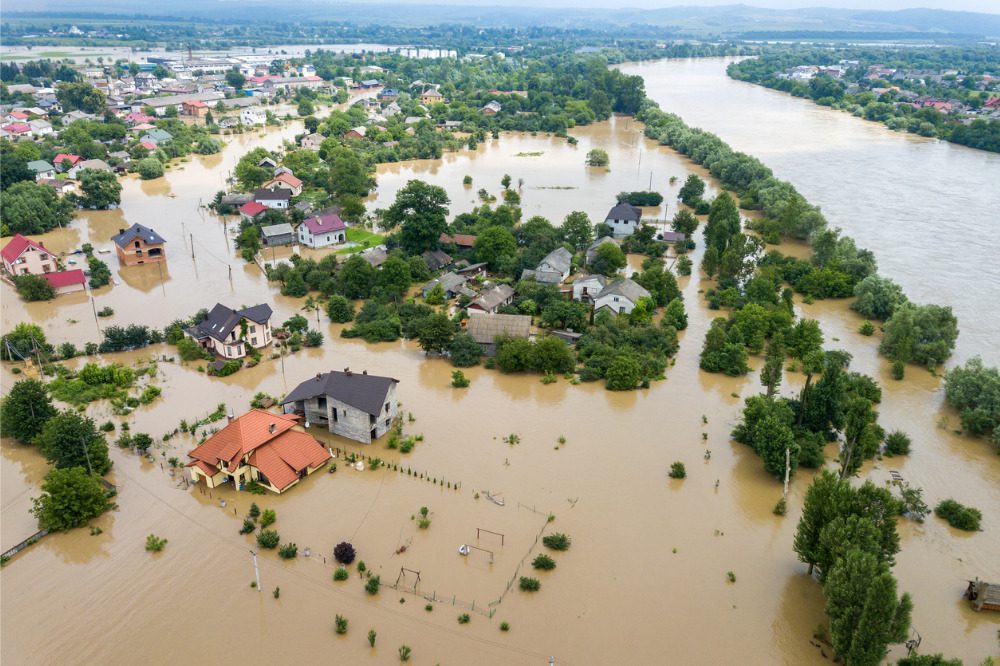Businesses should look beyond P&L when preparing for Nat Cats – Zurich Canada CEO

Experts at Swiss Re, and many other research facilities, have attributed the rising frequency and severity of extreme weather events to climate change, with the global reinsurer stating that natural catastrophe losses were 22% higher in the first half of 2022 than the 10-year average. This is a challenge that is not going away.
Speaking with Insurance Business at the RIMS Canada conference in Halifax, Saad Mered, CEO of Zurich Canada, said businesses must focus on preparation and mitigation for volatile weather events.
“Where we start is: Are our customers prepared? Are they self-aware about what that preparation really means in practice? Have they thought about the consequences of where they’re investing for new clients, new warehouses, new logistics centres, or new businesses where they’re making acquisitions?” he said. “Businesses need to think through the impact of all that, beyond a simple profit and loss (P&L) analysis.”
Read next: WBN teams up with Zurich for resilience
Early in 2022, Zurich launched Zurich Resilience Solutions (ZRS) in Canada, following a successful launch in the US and other countries in January 2021. The ZRS team provides businesses with advisory services, solutions, and tools to build resilience to an evolving and interconnected risk landscape. It helps companies identify exposures, reduce potential losses, improve safety, and effectively manage loss control programs.
“We’re engaging with our customers through ZRS, and we’re deploying tools to help our customers better analyze and simulate scenarios around their options, in terms of where, when, and how they make investments, or choices around where their staff, offices, suppliers, or assets are located,” explained Mered. “I think this type of preparedness is really important.”
During any major natural catastrophe event, business interruption (BI) is somewhat inevitable, but in recent years, it has become far more challenging for businesses to fix any damages and resume operations quickly due to supply chain delays, labour shortages, and inflation – all challenges exacerbated by the COVID-19 pandemic.
“We’re trying to impress upon clients the importance of spending more time unpacking their supply chain dependencies – not just one or two levels down, but 15 or 20 levels down the chain. That will help them to better mitigate their risks, and prepare for disruption,” said Mered.
Read more: Canada needs to accelerate work on climate defence – IBC
“Our clients have started making different decisions on where they build redundancies. Ten-years-ago, the big trend was just-in-time for everything, so people started discounting the impact of good redundancy in their P&L. But now, they’re rethinking the worth of redundancy investments, and having plan B, plan C, and plan D all tried, tested, and ready to be triggered.”
Beyond preparedness and mitigation, it is essential that businesses have adequate BI insurance, factoring in challenges like inflation and supply chain delays, which can increase the severity of claims.
“We’ve seen through our claims activities, not just in Canada but globally, a worrisome creep of underinsurance, even among sophisticated insurance buyers,” Mered told Insurance Business. “We’re having conversations with clients around insured values, BI indemnity periods, limits and aggregates. We’re doing the math in a less linear way to really determine the potential loss of income.
“If they decide they need more BI coverage, that will require more capital from the insurance market, and the price of that capacity is increasing, so businesses need to think about how they can mitigate that and reduce their risk transfer process. Frankly, BI is also a reputational damage issue, because even if the insurance carriers able to fully reimburse your loss, the longer-term impact of losing your customers for six months could be more severe than six months of profits.”





